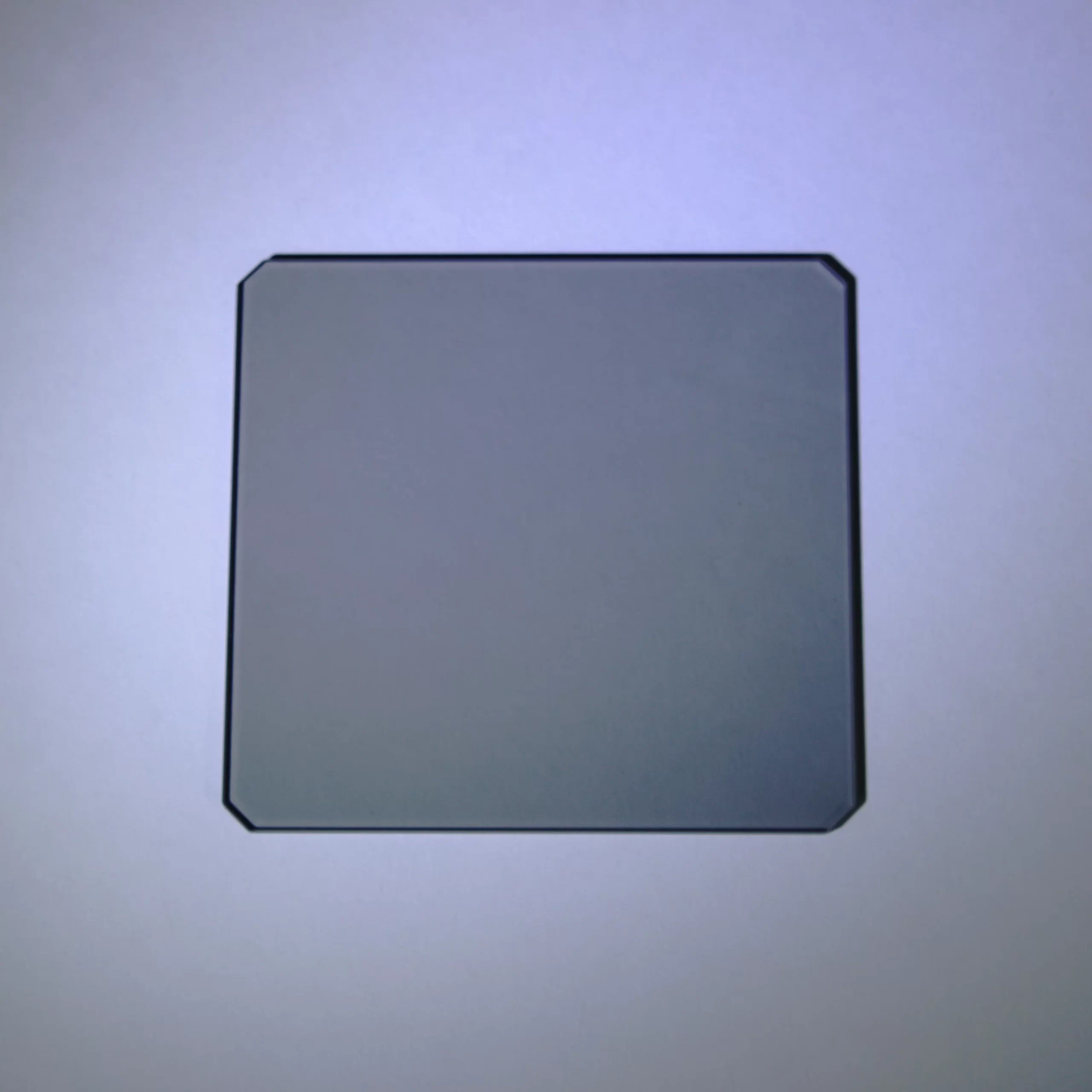Filter Near Infrared Optical Glass Neutral Density ND
Thickness: 1.0mmm, 1.10mm
CWL: 808nm+/-5nm, 920nm, 880nm or as requested
FWHM: 20nm
Transmission: 90%
A optical band pass filter is defined as a device that allows frequencies within a specific frequency range and rejects frequencies outside that range.
What is a glass bandpass filter used for?
Optical Glass Bandpass filters are optical filters that only let a selected range of frequencies through. Bandpass filters are used for many optical applications in telecommunications, satellite communications and data transfer for light modulation.

Specifications of optical glass NIR triple bandpass filters
|
Specificaitons |
Data |
|
Size |
66*69mm |
|
thickness |
1.6mm |
|
Surface Quality |
60/40 |
Term of Optical Glass Filter
CENTRAL WAVELENGTH
Center Wavelength (CWL), used in defining bandpass filters, describes the midpoint of spectral bandwidth over which the filter transmits. Traditional Coated Optical Filters tend to achieve a maximum transmission near the center wavelength, whereas Hard Coated Optical Filters tend to have a fairly flat transmission profile over the spectral bandwidth.
BANDWIDTH
Bandwidth is a wavelength range used to denote a specific part of the spectrum that passes incident energy through filters.
Bandwidth is also referred to as FWHM (Figure 1).
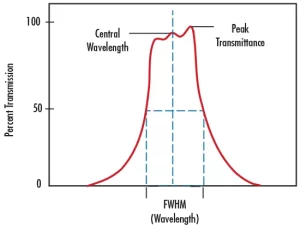
FIGURE 1: ILLUSTRATION OF CENTER WAVELENGTH AND FULL WIDTH AT HALF MAXIMUM
FULL WIDTH-HALF MAXIMUM
Full Width-Half Maximum (FWHM) describes the spectral bandwidth over which a bandpass filter will transmit. The upper and lower limit of that bandwidth is defined at the wavelengths where the filter achieves 50% of the maximum transmission. For example, if the maximum transmission of the filter is 90%, the wavelengths at which the filter achieves 45% transmission will define the upper and lower limits of the FWHM. FWHM’s of 10nm or less are considered narrow band and often used for laser clean-up and chemical detection. FWHM’s of 25 – 50nm are often used in machine vision applications; FHWM’s of more than 50nm are considered broadband and typically used in fluorescence microscopy applications.
BLOCKING RANGE
Blocking Range is wavelength interval used to denote a spectral region of energy that is attenuated by the filter (Figure 2).
The degree of its blocking is typically specified in terms of optical density.
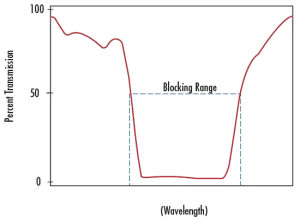
FIGURE 2: ILLUSTRATION OF BLOCKING RANGE
SLOPE
Slope is a specification often defined on edge filters, such as short pass or long pass filters, to describe the bandwidth over which the filter transitions from high blocking to high transmission. Given as the percent of the cut-wavelength, slope can be specified from a variety of starting and end points.
OPTICAL DENSITY
Optical Density (FIGURE 3) describes the amount of energy blocked or rejected by a filter. A high optical density value indicates low transmission, and low optical density indicates high transmission. Optical densities of 6 or greater are used for extreme blocking needs such as Raman spectroscopy or fluorescence microscopy. Optical densities of 3.0 – 4.0 are ideal for laser separation and clean-up, machine vision, and chemical detection, while optical densities of 2.0 or less are ideal for color sorting and separating spectral orders.
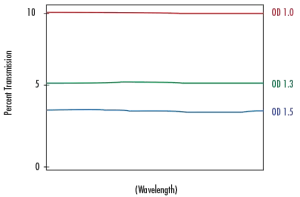
FIGURE 3: ILLUSTRATION OF OPTICAL DENSITY
CUT-ON WAVELENGTH
Cut-On Wavelength is a term used to denote the wavelength at which the transmission increases to 50% throughput in a long pass filter.
Cut-on wavelength is indicated by λ cut-on in Figure 4.

FIGURE 4: ILLUSTRATION OF CUT-ON WAVELENGTH
CUT-OFF WAVELENGTH
Cut-Off Wavelength is a term used to denote the wavelength at which the transmission decreases to 50% throughput in a short pass filter.
Cut-off wavelength is indicated by λ cut-off in Figure 5.
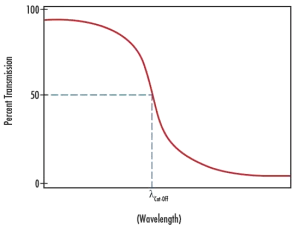
FIGURE 5: ILLUSTRATION OF CUT-OFF WAVELENGTH
People also ask
- Is bandpass filter better than low pass filter?
Unlike the low pass filter which only pass signals of a low frequency range or the high pass filter which pass signals of a higher frequency range, a Band Pass Filters passes signals within
a certain “band” or “spread” of frequencies without distorting the input signal or introducing extra noise.
- What is bandpass vs notch filter?
The main difference between a bandpass filter and notch filter is that bandpass filter allows signals within a particular frequency range to pass and a notch filter will filter those signals out in that one frequency range.
- What is the difference between bandpass filter and low pass filter?
A bandpass filter allows signals between two specific frequencies to pass, but that discriminates against signals at certain frequencies. A low pass filter is a filter that passes signals with a frequency lower than a certain cutoff frequency and minimizes signals with frequencies higher than the cutoff.
- What does an optical filter do?
Optical filters are passive optical devices that consist of specialized optical coatings applied onto a substrate. The coatings modify the refractive index of the substrate, enabling them to reflect, transmit, or absorb incoming light depending on its wavelength.
Our Ordering Process
Send us your request with detailed specifications
Receive a commercial offer with terms and costs
After your approval, we handle manufacturing, quality control, and shipping
📦 Shipping
3-5 days in EU, from 10 days to USA
💳 Payment methods
Cash, Bank Transfer, Cards (Visa, Mastercard, Amex, Discover) and PayPal
💬 Questions?
Contact us via WhatsApp, phone, live chat or email
